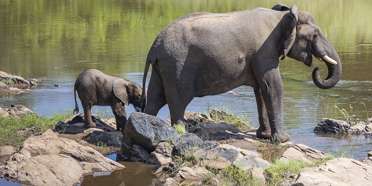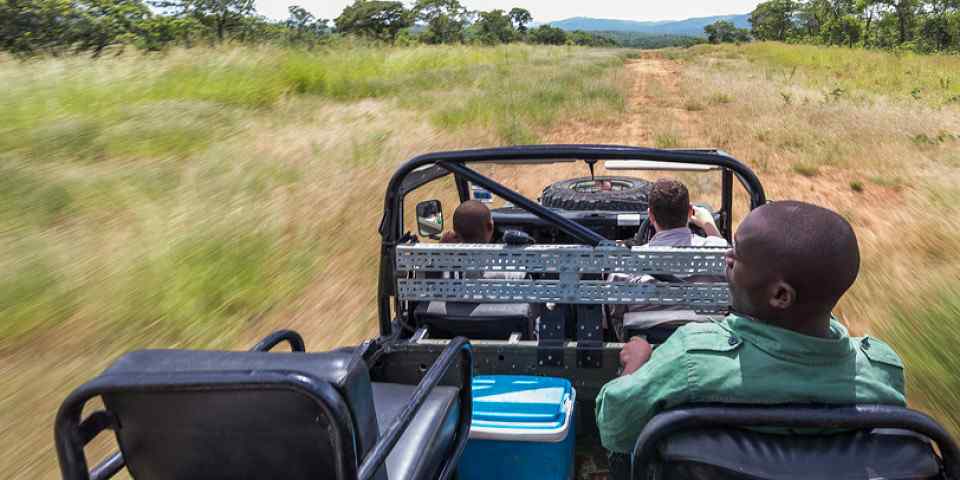
Safari Tours to Nkhotakota WR
-
![14-Day Malawi off the Beaten Track Safari]()
14-Day Malawi off the Beaten Track Safari
$7,699 to $8,099 pp (USD)
Malawi: Private tour
Mid-range Lodge & ResortYou Visit: Lilongwe (Start), South Viphya FR, Nyika NP, Lake Malawi, Nkhotakota WR, Lilongwe (End)

Wayfairer Travel
4.8/5 – 185 Reviews
-
![11-Day Ultimate Malawi Adventure]()
11-Day Ultimate Malawi Adventure
$6,215 pp (USD)
Malawi: Private tour
Mid-range Lodge & Tented CampYou Visit: Lilongwe (Start), Nkhotakota WR, Senga Bay (Lake Malawi), Liwonde NP, Majete WR, Lilongwe Airport (End)

Baseline Travel
5.0/5 – 1 Reviews
-
![11-Day Northen Malawi Explorer]()
11-Day Northen Malawi Explorer
$2,420 to $2,970 pp (USD)
Malawi: Private tour
Mid-range Lodge & HotelYou Visit: Lilongwe (Start), South Viphya FR, Nyika NP, Nkhata Bay (Lake Malawi), Nkhotakota WR, Lilongwe Airport (End)

Quest Lodges and Safari

 Malawi Parks
Malawi Parks








